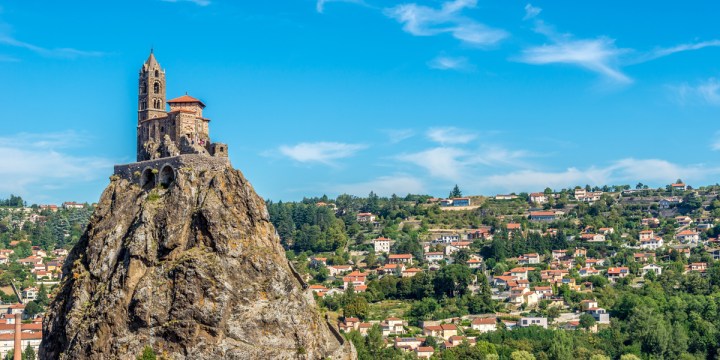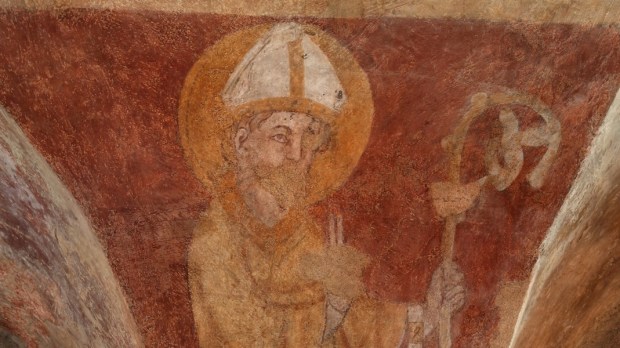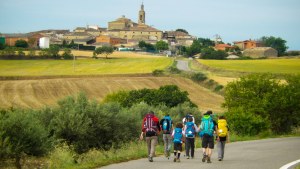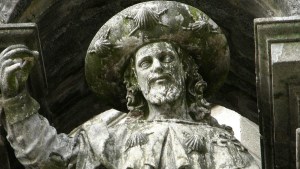On an icy January day in 951, a wagon and its escort passed through Logroño, in northern Spain, heading for Aquitaine, in southwestern France. But instead of admiring the beautiful landscapes, Bishop Godescalc could not take his eyes off his latest acquisition: a copy of the manuscript De Virginitate by St. Ildefonso.
This treatise defending the eternal virginity of the Holy Mother of God was copied by a monk named Gomez. Gomez gave it to Bishop Godescalc as a gift when he returned from Santiago de Compostela to the Abbey of Saint Martin in Albelda. Godescalc had gone from Le Puy-en-Velais, of which he was the bishop, to Spain to visit the relics of James the apostle.
According to the writings of Gomez, Godescalc went there to “humbly implore the mercy of God and the suffrage of the apostle James.” However, no historian can confirm this.
The legacy of Godescalc
In any case, Santiago de Compostela seems to have been close to the bishop’s heart in its own right. Born on July 25, the feast of the martyrdom of St. James, Godescalc was later ordained a priest on the same date.
These connections could explain his desire to go to Compostela. His entourage on the journey was impressive, to say the least. In addition to the clergymen who accompanied him, one could see troubadours, pages, lords and, of course, men-at-arms.
On his way back, Godescalc obtained the famous manuscript by St. Ildefonse. Books in those days were rare and considered real treasures, especially the writings of saints. This manuscript is now in the National Library of France.
In the summer of 962, Godescalc blessed and laid the first stone of a famous chapel dedicated to St. Michael. This chapel still dominates the Puy-en-Velay from Mount Aiguilhe. Bishop Godescalc unfortunately died in December of the same year, without knowing that he left behind a great gift to the Christians of France: the via Podiensis.

It was not until the 15th century that pilgrimages to Compostela following Godescalc’s footsteps became official. Among the four roads through France to undertake the pilgrimage to Santiago de Compostela, the via Podiensis is the first and most frequented. Not surprisingly, it starts from Le Puy-en-Velay. In 1548, the famous Place du Plot was built to mark the starting point of the pilgrimage.
In short, Godescalc opened the way to Santiago de Compostela for millions of pilgrims from around the world. For this reason, the fervent bishop earned his title of “first pilgrim.”



